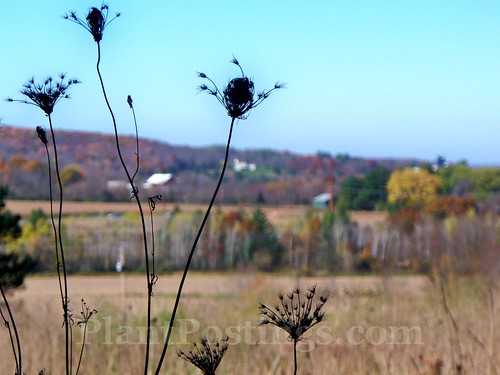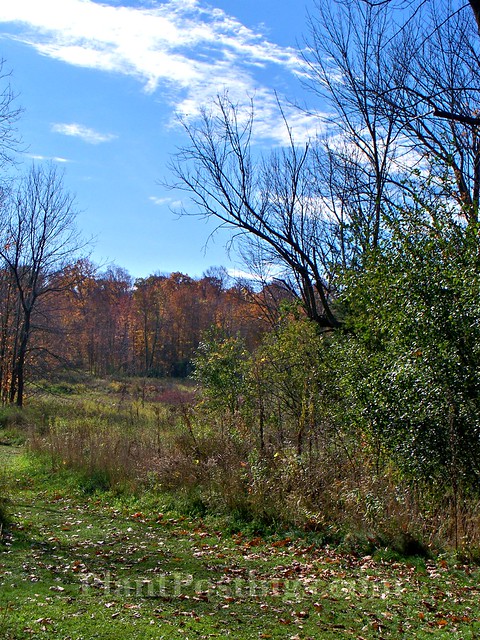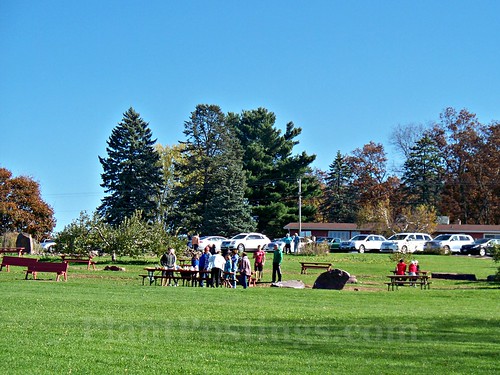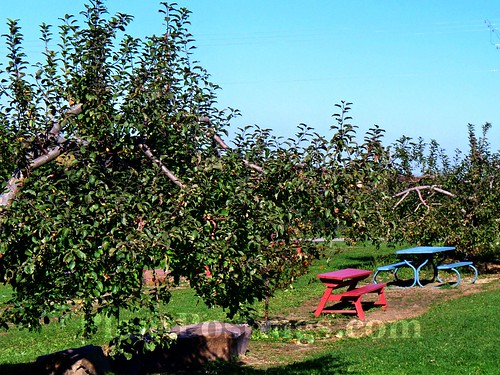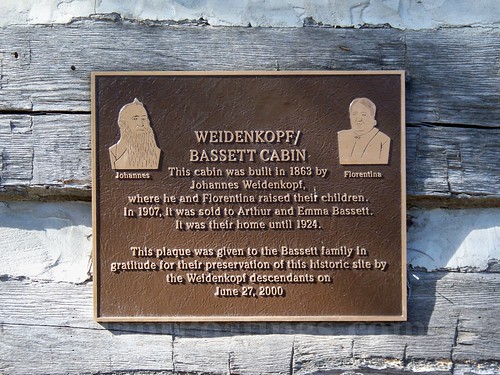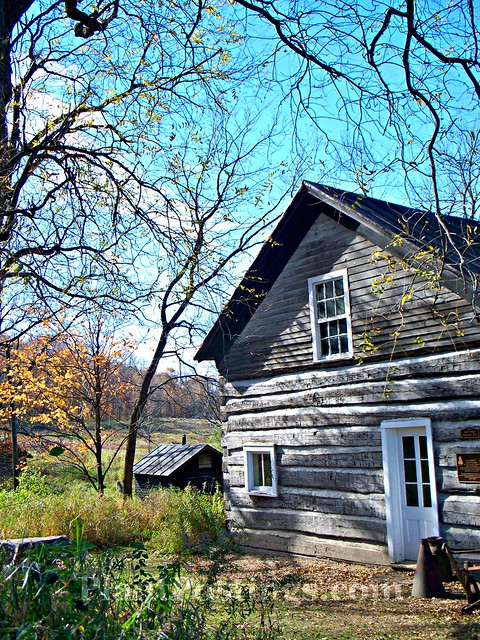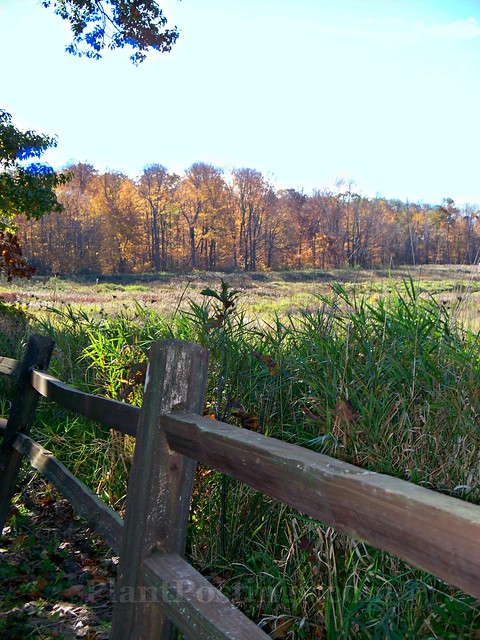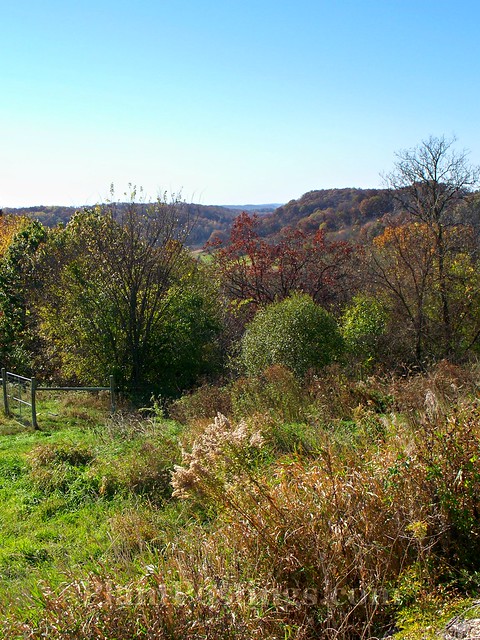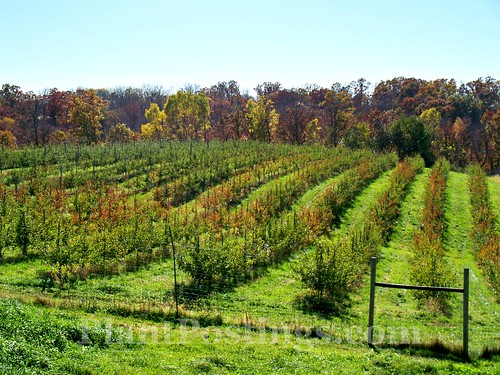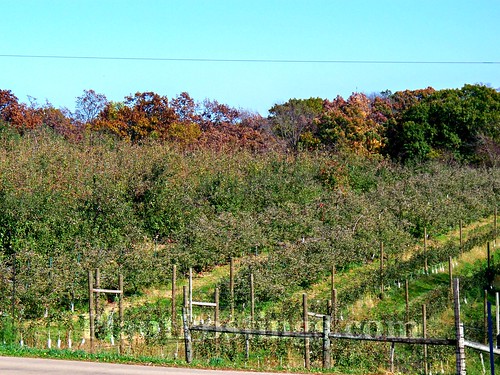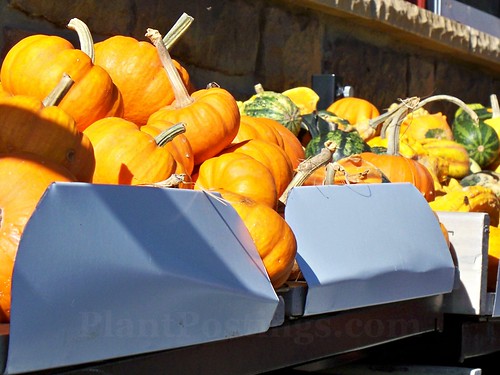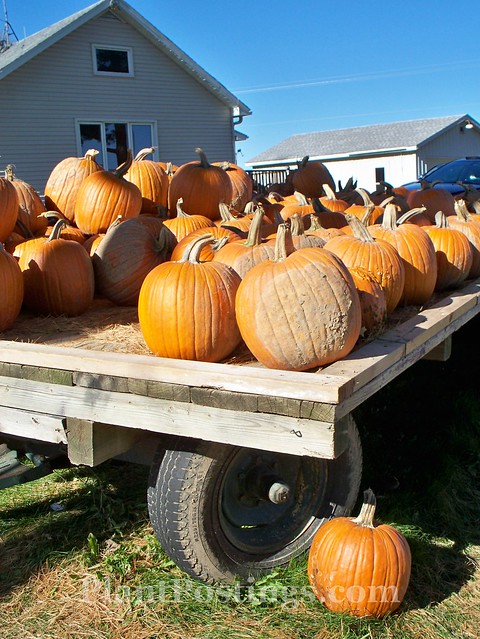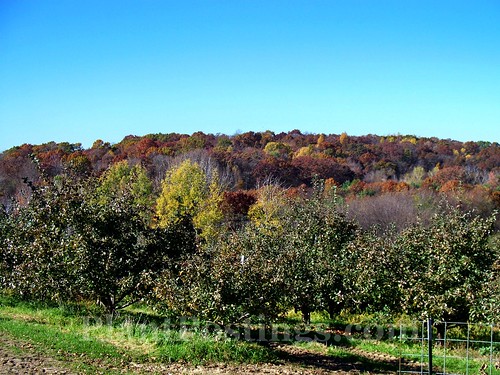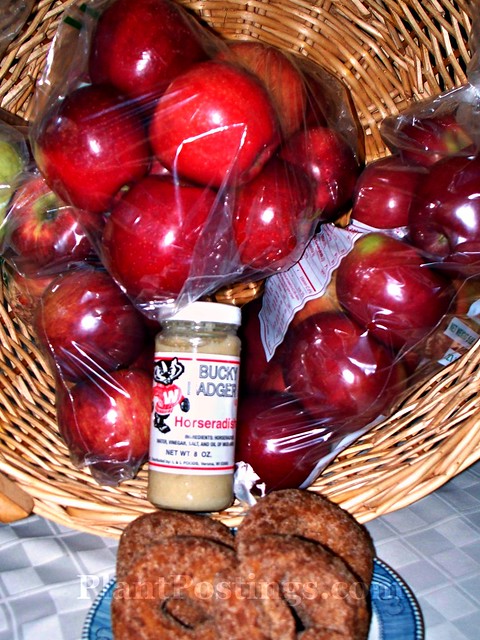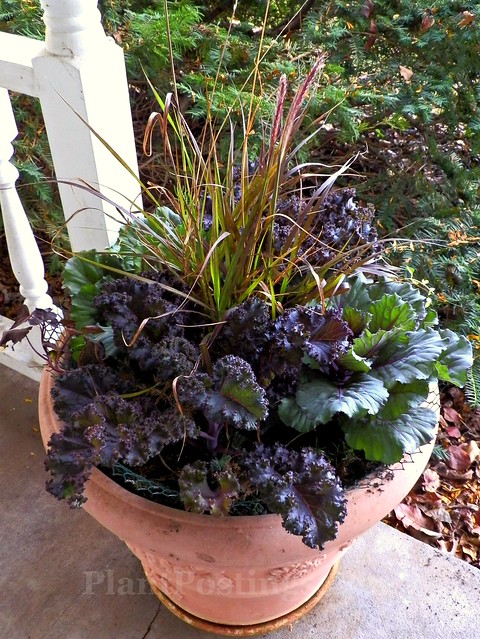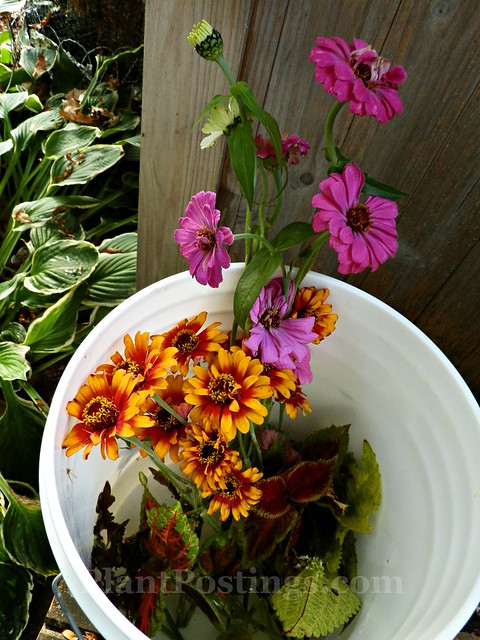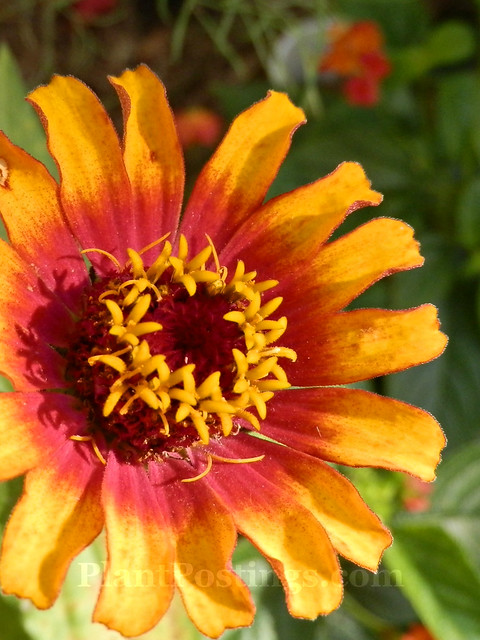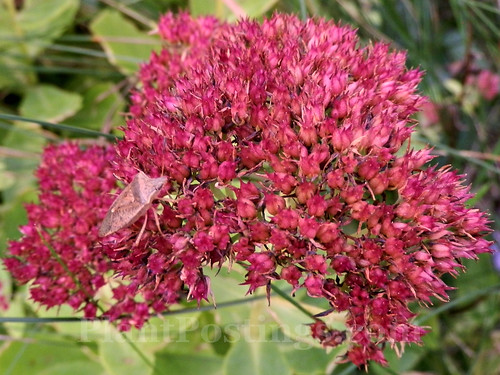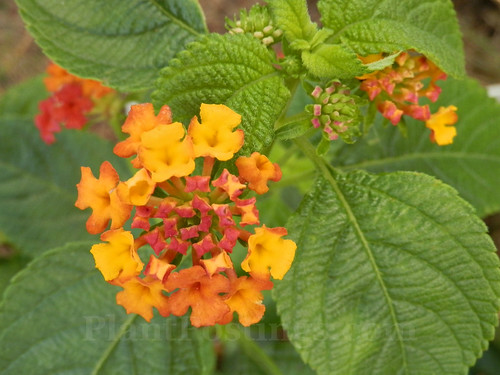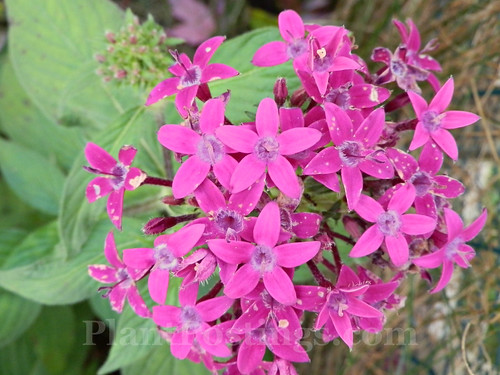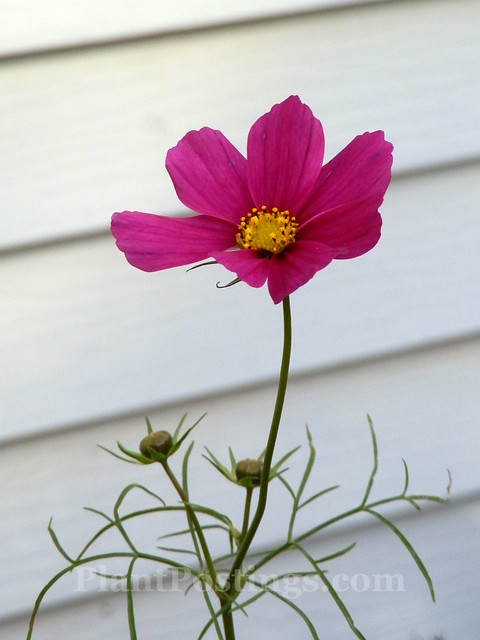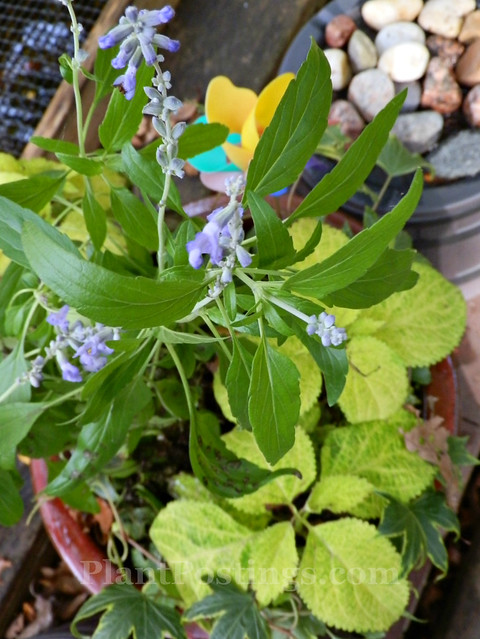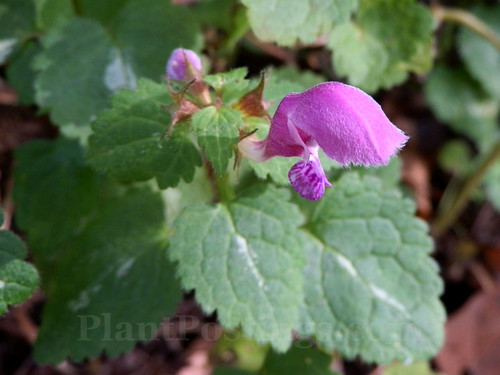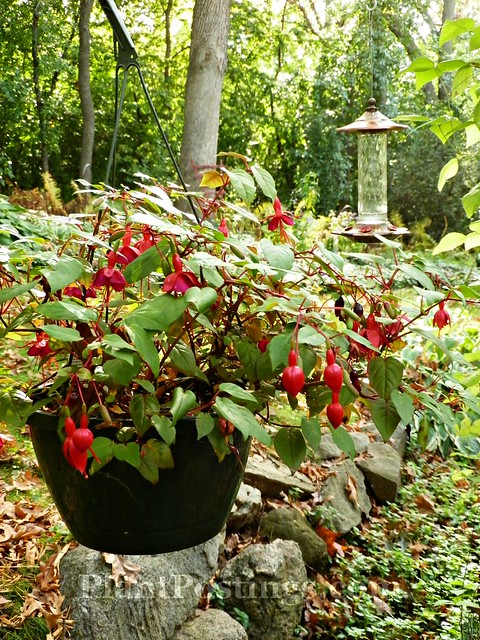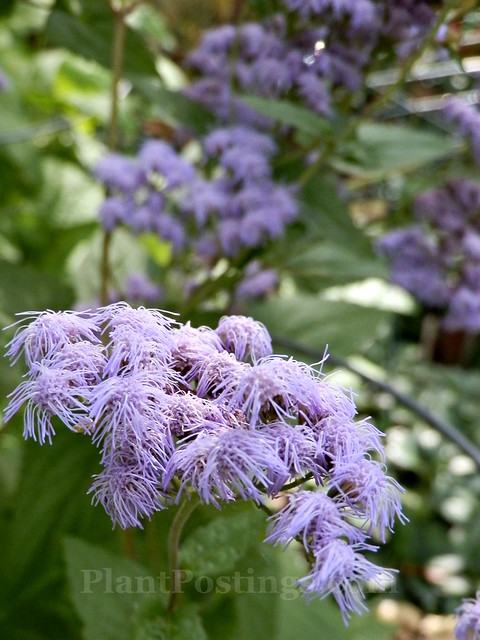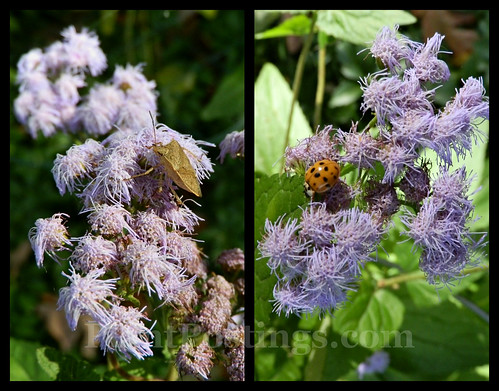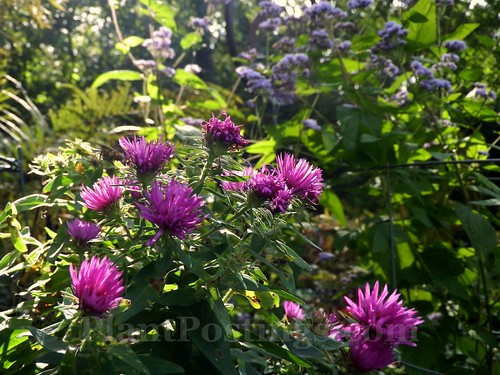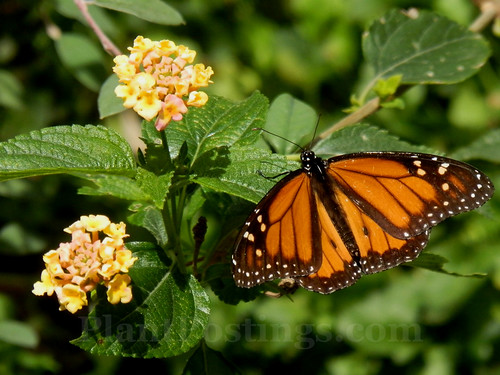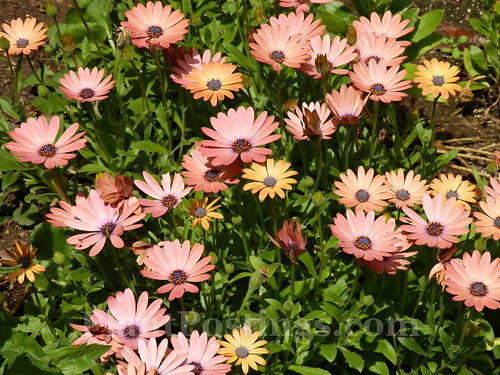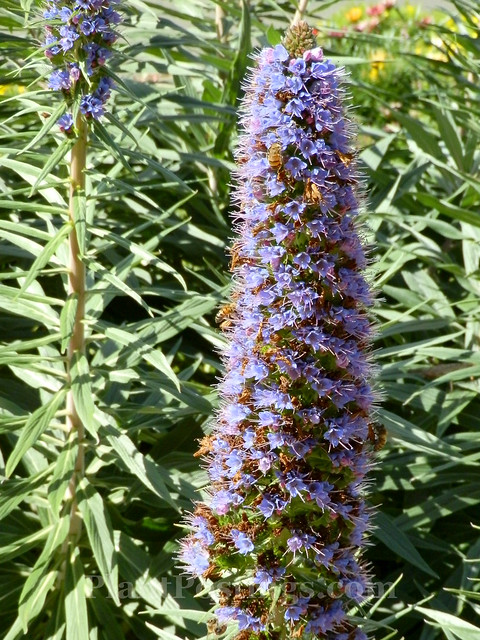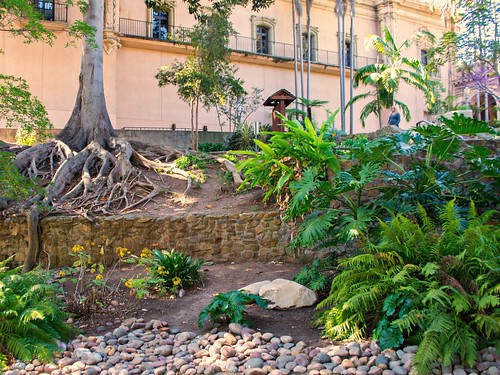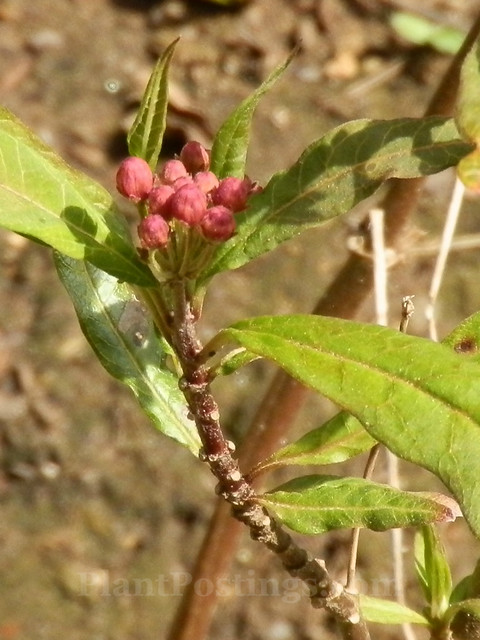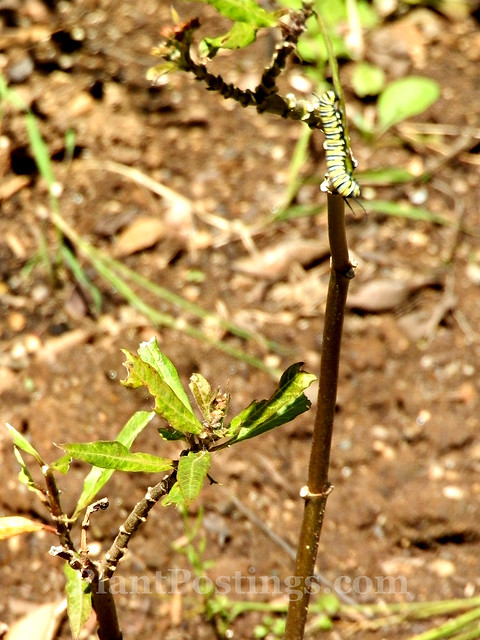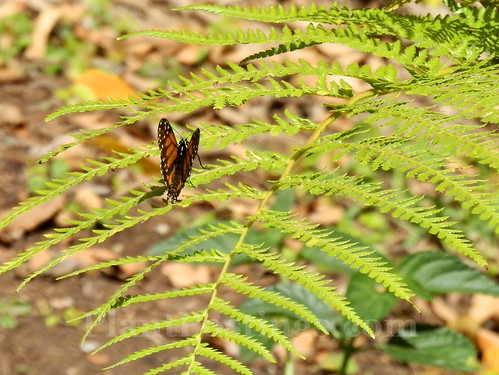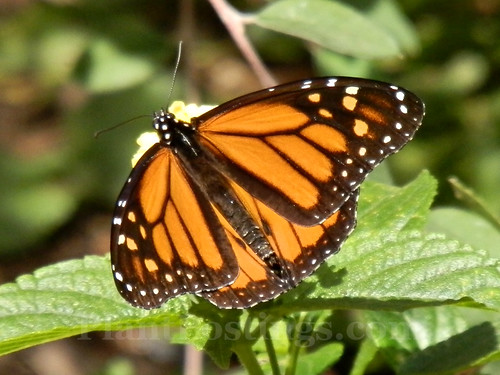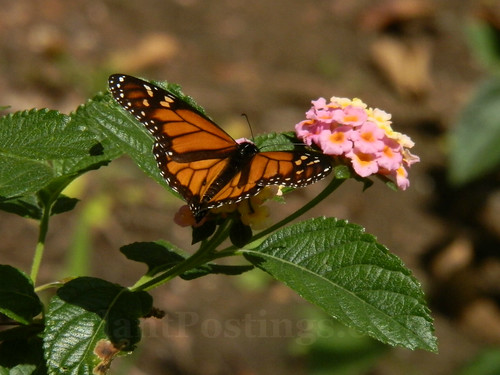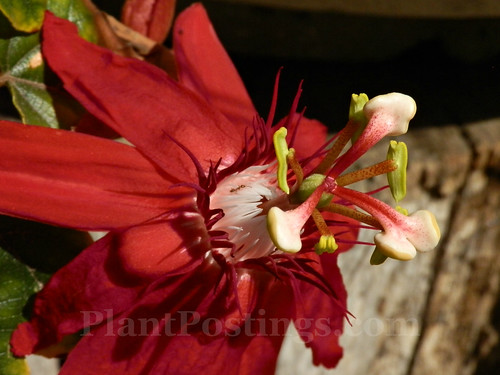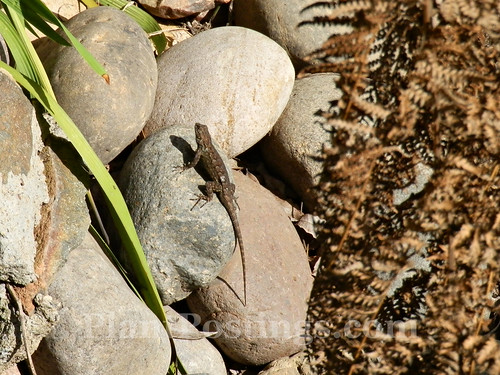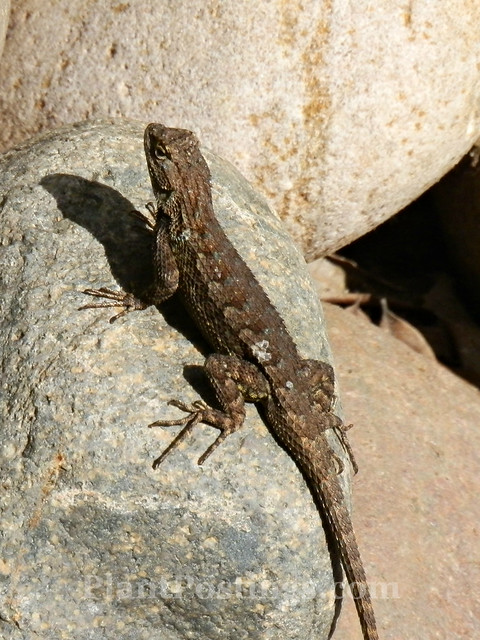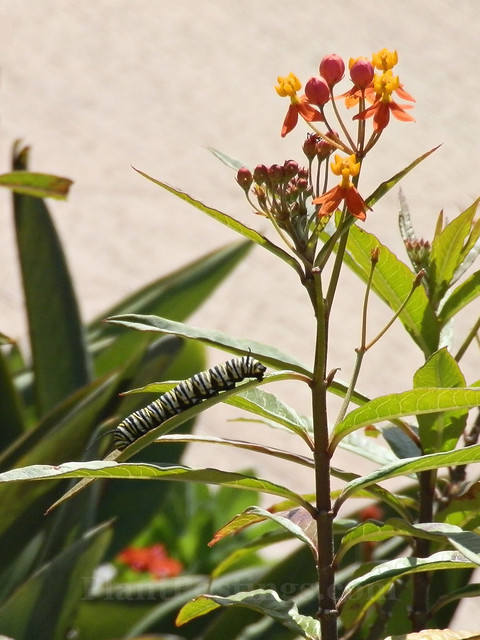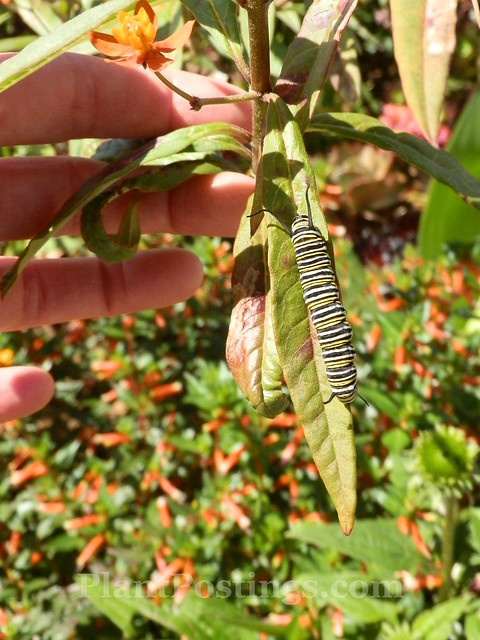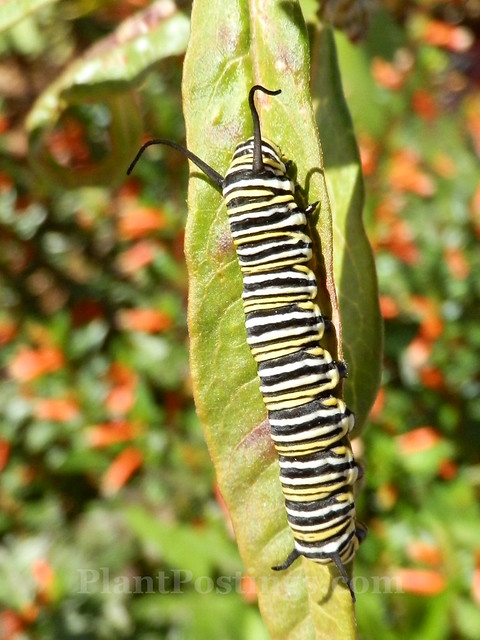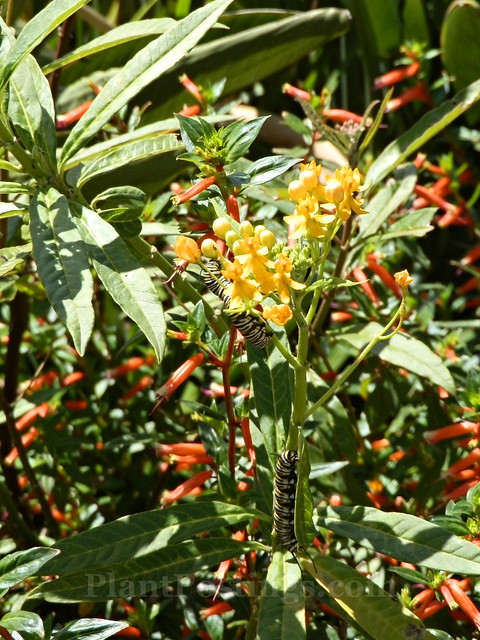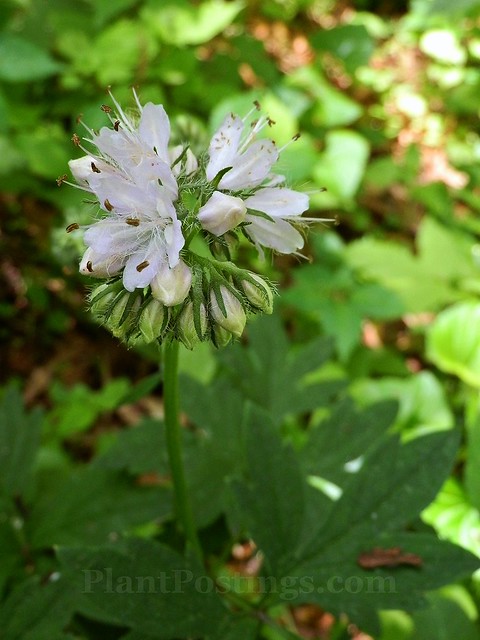 |
| Hydrophyllum virginianum in springtime |
I noticed a few patches of Virginia Waterleaf (Hydrophyllum virginianum) in our woodland the other day--not the spring flowers, but the foliage.
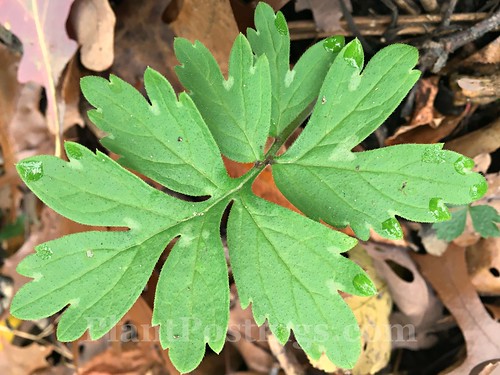 |
| Hydrophyllum virginianum this fall |
Normally they'd be dormant by now in my climate--either dried by parched late-summer days or liquefied by autumn frost. Neither has happened here ... yet.
It's been unseasonably warm and rainy through September and October. We still haven't had a frost (although some areas nearby have had a very light one). In any case, the Virginia Waterleaf is still green.
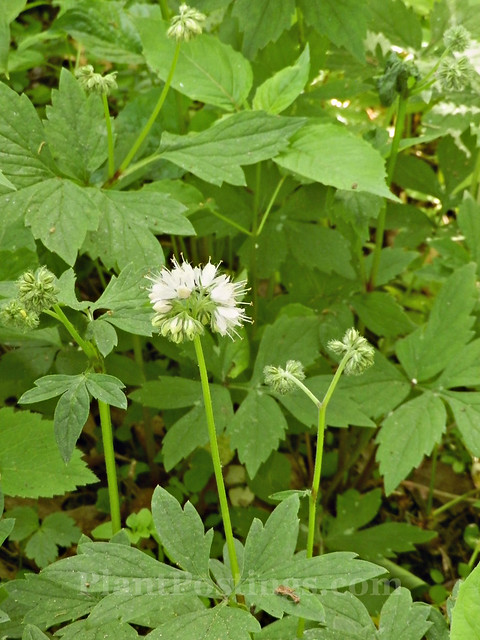
In the spring and summer, it's a hearty and hardy woodland garden plant. Some consider it a little "weedy," but our woodland is a bit wild. We tend to take a "hands-off" approach in this part of the property--removing only non-native invasive plants.
Virginia Waterleaf has a welcome home in the woodland and the woodland edge. It's a good placeholder to compete with Garlic Mustard (Alliaria petiolata), which is a non-native invasive that would take over the woods if not removed.
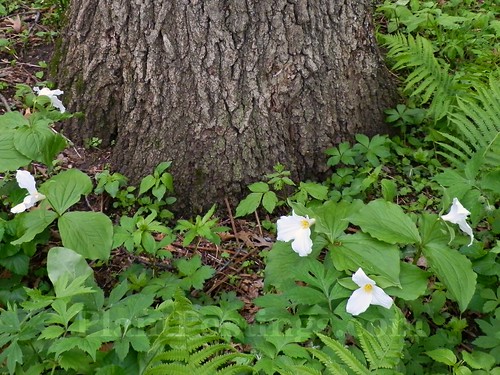
Virginia Waterleaf is a natural, pleasant companion to Trilliums, ferns, and other woodland plants. It's a fascinating little plant, really.
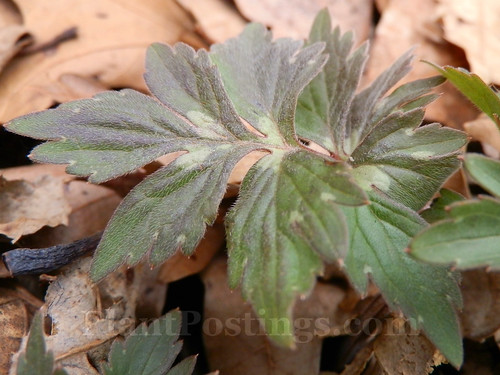
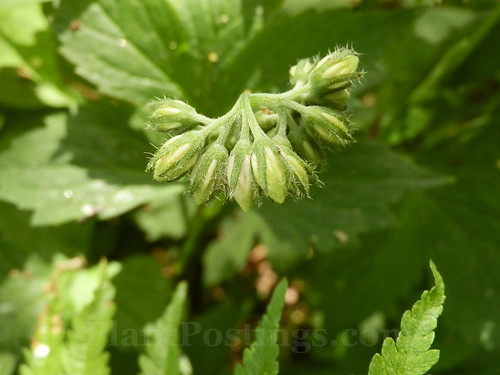
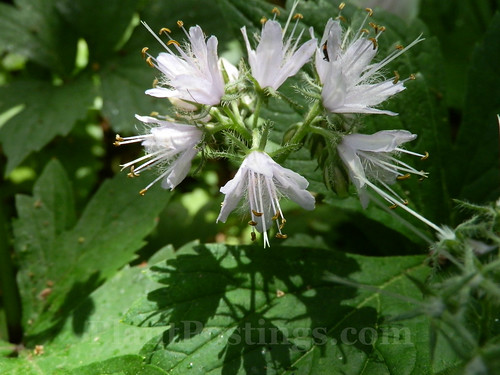
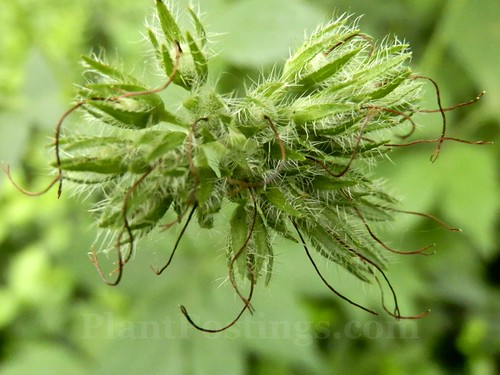
From emergence to bud, to bloom to seed, and beyond.
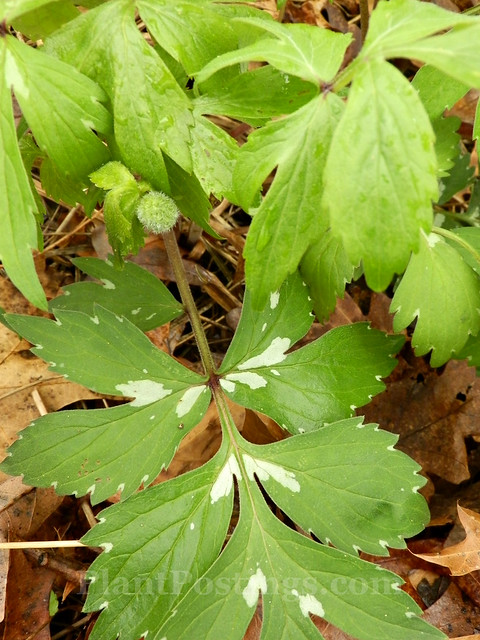
The name comes from the water-drop-like marks on the foliage.
Its native distribution extends through eastern North America--from Quebec to Manitoba, south through the Carolinas and west to Kansas, according to the Lady Bird Johnson Wildflower Center. Growing conditions include:
- Prefers part shade or shade;
- Thrives in rich, mesic soils;
- Spreads via rhizomes and seeds; and
- Is hardy in USDA zones 4-9.
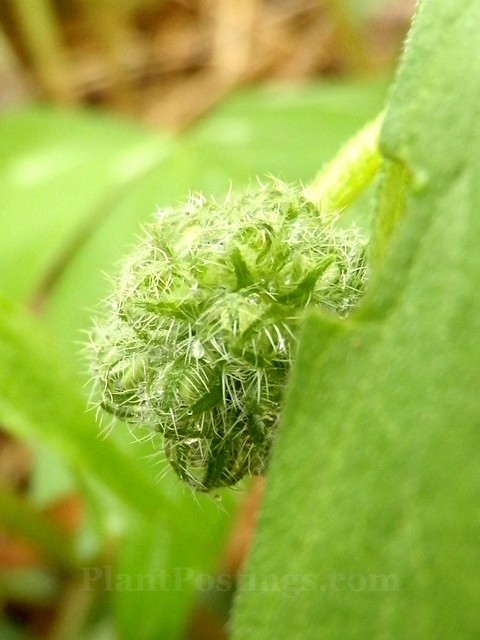
I find the tight buds particularly enchanting.
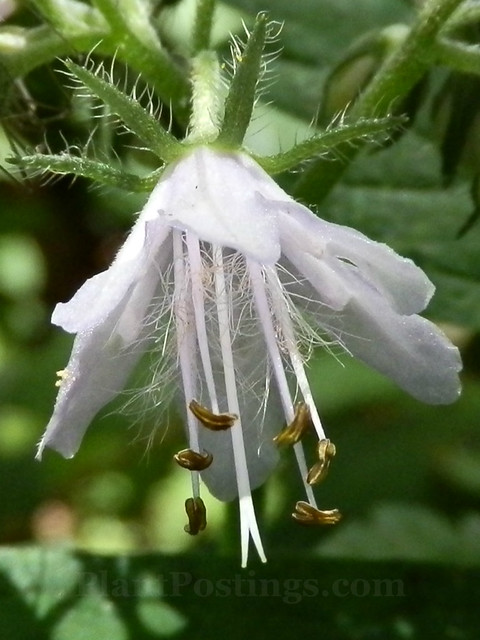
The five-petal flowers with hairy stamens and sepals are quite whimsical, and they welcome pollinators during their brief bloom time. The color ranges from white to a light lavender hue.
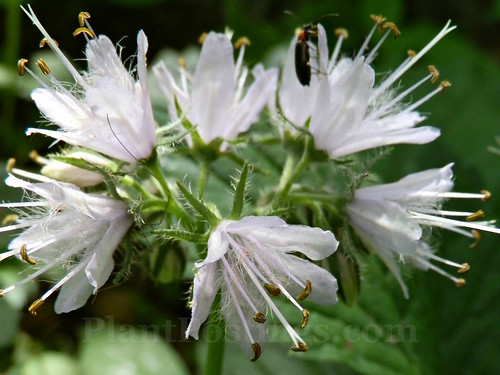
Over the years, my appreciation has grown for this fluffy native plant with "water-stained" foliage.
(Linking to Gail's Wildflower Wednesday, a few days late.)
